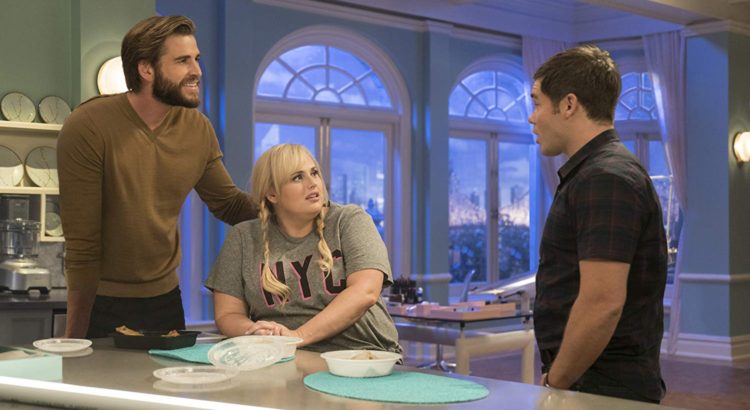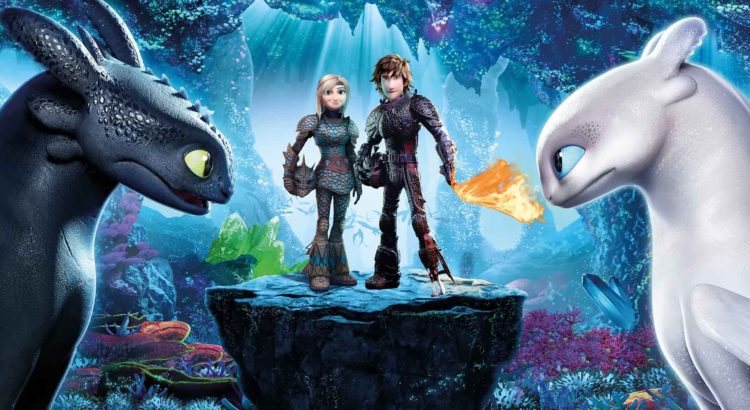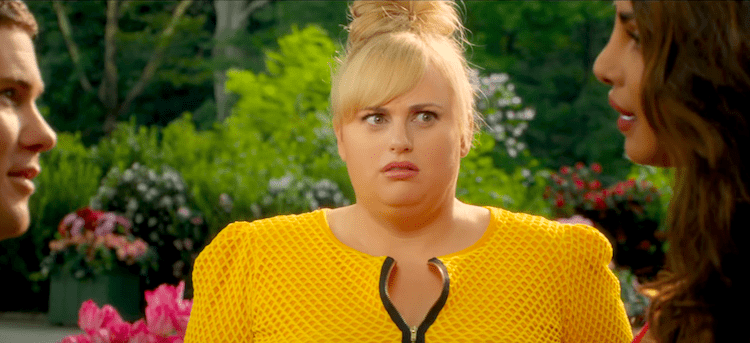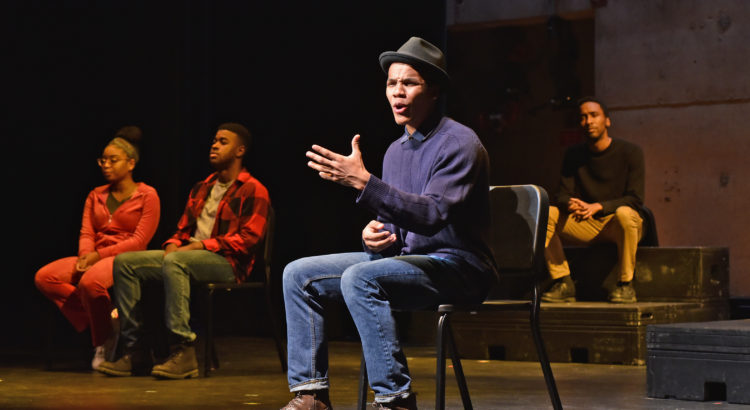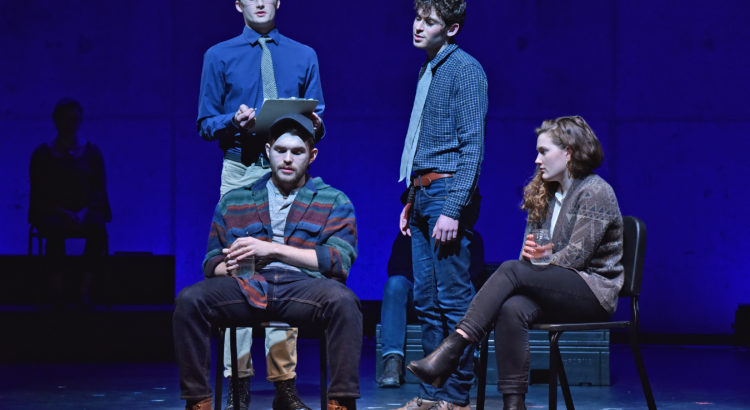Isn’t It Romantic was a charming movie that incorporated satire and witty quotes. It made fun of a lot of motifs in the genre of romantic comedy, like the gay best friend, the attractive guy who turns out to be a jerk, being blind to your ‘true love’ being right in front of you, etc.
Here’s a more specific recurring scene in the genre: have you ever noticed in rom-coms when the characters set up a date but never mention the date or location? One of my favorite scenes in the movie made fun of this: Blake (played by Liam Hemsworth) wrote each digit of his phone number on a different rose petal, and gave the jumbled petals to Natalie (played by Rebel Wilson). I got a good laugh from the ridiculous scene.
Was Isn’t It Romantic the best movie ever? No. Was it a good rom-com? I would say so. I don’t know if I would ever consider a rom-com a film classic bearing in mind the genre’s reputation. People like romantic comedies because they are feel-good movies—albeit sodden with logical fallacies and tiresome cliches. Of course, Isn’t It Romantic had the obligatory storyline of the budding couple having to overcome an obstacle to be together. Originality is not generally the goal of the genre (although nor is it for most genres, like action movies for example, there’s a bad guy and a good guy, the bad guy is defeated and the good guy gets the woman, with exceptions of course. But still, cringe.)
Since the 90s or early 00’s, there has been a decline of rom-coms. With the drop in rom-com production in major film studios, there’s been a rise of budget sources like Netflix originals, Hallmark movies, ABC Family originals, etc. The five rom-coms with the highest lifetime gross were produced from 1990-2005. Number six on the list is Crazy Rich Asians, released in 2018.
Rom-coms aren’t ‘dead’ necessarily, although they are less successful and have had to change over the decades to reflect evolving gender norms and views on premarital sex and matrimony. There’s a scene in the movie where Natalie bursts into a wedding uninvited (another common rom-com trope). But, originally planning on stopping it an professing her love to the groom, she ultimately realizes that she loves herself and doesn’t need anyone else to complete her. This new twist on crashing a wedding crashing is consistent with fourth-wave feminism in regard to promoting self-love and self-sufficiency.
But reflecting new gender norms supposedly isn’t enough for a rom-com to do well, that’s why the movie also has a satirical twist. Similarly, Crazy Rich Asians is not just a rom-com about Singaporean billionaires, it is the first Hollywood movie in 25 years to have an all Asian cast. If new rom-coms want to break the record for highest profit, they need to think of new ways to spice up stale formulas.

